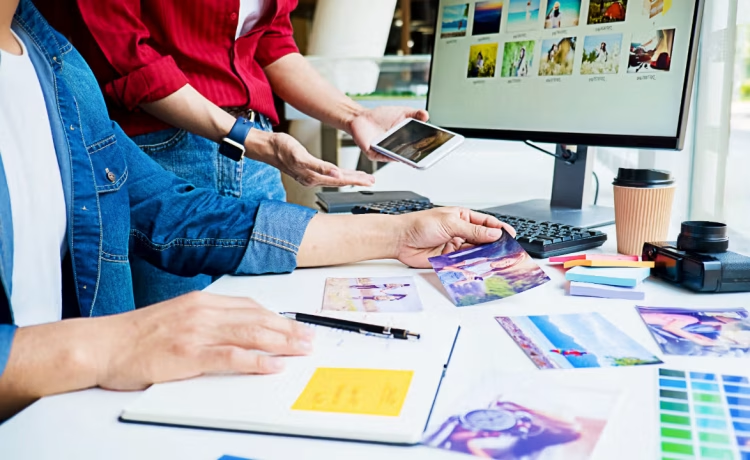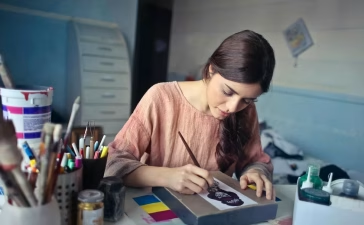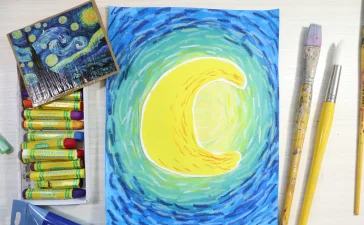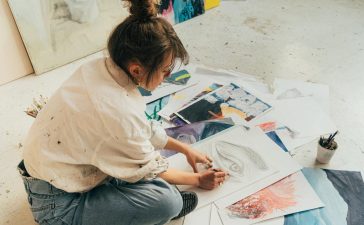In a rapidly changing world driven by technology, innovation, and complex global challenges, education systems are under increasing pressure to prepare students not just for jobs—but for life. While STEM (Science, Technology, Engineering, and Mathematics) subjects are often emphasized, there is growing recognition that arts education plays an equally vital role in shaping well-rounded, emotionally intelligent, and creative individuals.
The integration of arts into education enriches learning experiences, fosters critical thinking, builds empathy, and enhances cognitive development. This article explores the importance of arts in education, how they support academic and personal growth, and why they are essential for the future of learning.
What Is Arts Education?
Arts education encompasses a range of creative disciplines, including:
-
Visual Arts: Painting, drawing, sculpture, photography
-
Performing Arts: Music, dance, theater
-
Literary Arts: Creative writing, poetry, storytelling
-
Media Arts: Film, animation, digital design
Arts education can be taught as standalone subjects or integrated into other academic areas to support interdisciplinary learning. For example, using music to teach math rhythms or incorporating visual storytelling into history lessons.

Benefits of Arts in Education
1. Enhancing Academic Performance
Contrary to outdated beliefs that arts are “non-essential,” studies consistently show that students involved in the arts perform better academically. Research from the Arts Education Partnership indicates that children who engage in the arts are more likely to:
-
Score higher on standardized tests
-
Graduate high school on time
-
Attend college
The arts help students retain information by linking learning to emotion and sensory experience. For instance, creating a play about a historical event helps students understand and remember it better than reading about it in a textbook.
2. Developing Critical Thinking and Problem Solving
The creative process—brainstorming, planning, testing, revising—is foundational to both the arts and real-world problem-solving. In arts education, students are encouraged to:
-
Ask questions
-
Challenge assumptions
-
Consider multiple perspectives
-
Reflect on outcomes
These skills transfer directly to subjects like science, engineering, and even business, where innovative thinking is key to success.
3. Supporting Emotional Intelligence and Mental Health
Arts provide a safe space for emotional expression. Whether it’s writing a poem, dancing out frustration, or painting a self-portrait, creative activities help students process emotions and build self-awareness. Arts education also:
-
Reduces stress and anxiety
-
Boosts self-esteem
-
Encourages empathy and social understanding
In a time when mental health challenges among young people are rising, the emotional support provided by the arts is more important than ever.
4. Promoting Cultural Understanding and Inclusion
The arts are a powerful tool for exploring identity, history, and global perspectives. Through art, students engage with diverse voices and experiences, building cultural literacy and empathy. Arts education:
-
Exposes students to different traditions and viewpoints
-
Encourages appreciation of diversity
-
Supports multilingual and multicultural expression
In diverse classrooms, art helps bridge communication gaps and foster a sense of belonging for all students.
STEAM: Adding Arts to STEM
The rise of STEAM (Science, Technology, Engineering, Arts, and Mathematics) reflects a broader understanding of how the arts enhance technical disciplines. For example:
-
Architecture combines engineering with design and aesthetics.
-
Video game development merges coding with animation and storytelling.
-
Scientific visualization uses drawing and 3D modeling to represent data.
By adding the “A” for Arts, STEAM encourages a more holistic education model—where creativity and technical skill work hand-in-hand to drive innovation.
Arts Education in the Digital Age
The digital revolution has opened new possibilities for arts education. Digital tools allow students to:
-
Create music with software like GarageBand
-
Produce films with smartphones and editing apps
-
Explore virtual museums and art galleries
-
Share their work on platforms like YouTube, TikTok, and Behance
Technology makes the arts more accessible and relevant to today’s learners. However, it also requires educators to stay updated with new media and platforms to effectively guide students.
Challenges Facing Arts Education
Despite its benefits, arts education often struggles with limited funding, undervaluation, and inconsistent access. Common challenges include:
-
Budget Cuts: Arts programs are frequently the first to be reduced or eliminated during financial constraints.
-
Standardized Testing: A heavy focus on test scores in math and reading often sidelines the arts.
-
Unequal Access: Low-income and under-resourced schools are less likely to offer robust arts education, deepening educational inequality.
Addressing these challenges requires a shift in how society values and supports arts education at both policy and community levels.
How Schools and Communities Can Support the Arts
To strengthen arts education, collaboration among schools, governments, nonprofits, and cultural institutions is essential. Effective strategies include:
-
Integrating Arts Across Curriculum: Encouraging teachers to use arts in all subjects, not just art classes.
-
Partnerships with Artists and Organizations: Inviting local artists to teach workshops or co-develop projects.
-
After-School and Community Programs: Providing creative opportunities outside of school hours.
-
Investing in Teacher Training: Ensuring educators have the skills and resources to incorporate arts meaningfully.
Parents also play a role by encouraging creativity at home, attending student performances and exhibitions, and advocating for arts programs in schools.
The Future of Arts in Education
As the world becomes more interconnected, unpredictable, and digital, education must prepare students not just to adapt—but to lead. Arts education equips learners with the imagination, empathy, and resilience needed for the future.
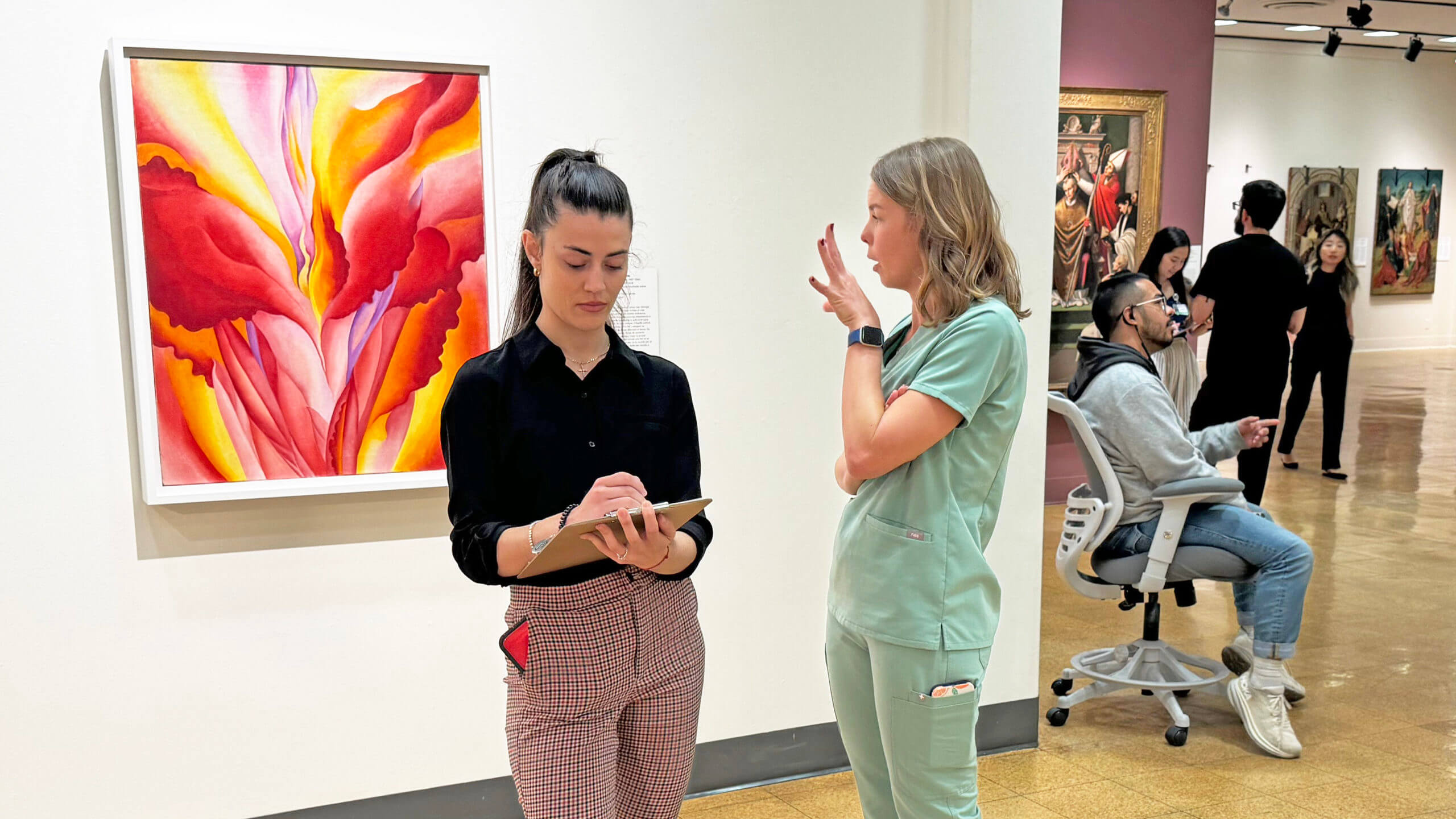
Key trends shaping the future of arts education include:
-
Global Collaboration: Students collaborating across countries on creative projects using digital tools.
-
Hybrid Learning: Combining in-person art-making with virtual instruction and digital creation.
-
Personalized Learning: Using technology to tailor arts education to students’ individual interests and strengths.
-
Social Impact Projects: Encouraging students to use art to address real-world issues like climate change, inequality, or mental health awareness.
The future workforce will need not just coders and scientists—but storytellers, designers, and critical thinkers. Arts education is essential to that vision.
Conclusion: Creativity Is Not Optional
The arts are not a “nice-to-have” but a must-have in 21st-century education. They nurture the skills and mindsets that help students thrive in all areas of life—from academics and careers to personal development and social engagement. In an age where change is constant, the ability to think creatively, express oneself, and connect with others is more valuable than ever.
By recognizing and investing in the power of arts education, we unlock the full potential of future generations—equipping them not just to make a living, but to make a life.

